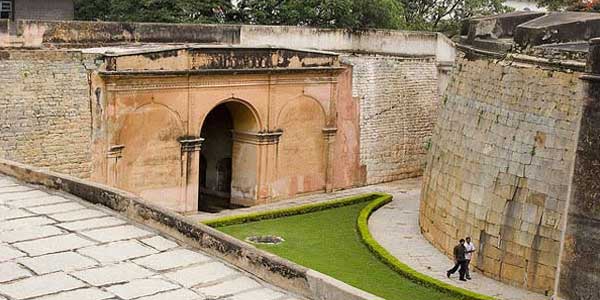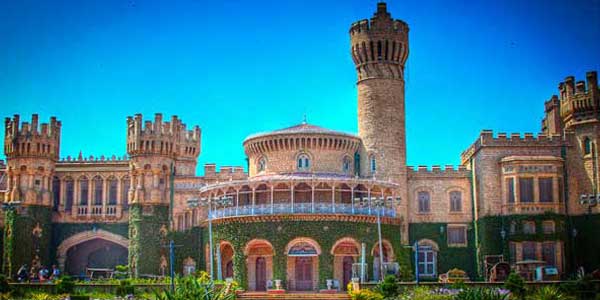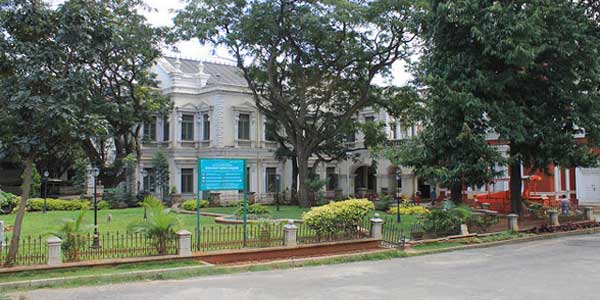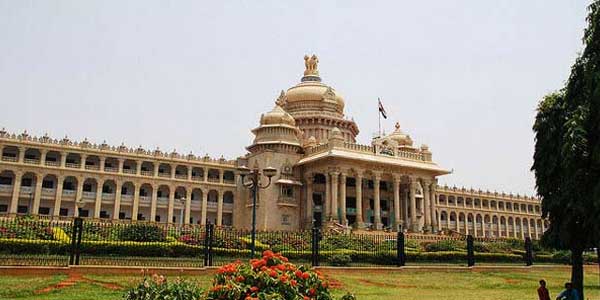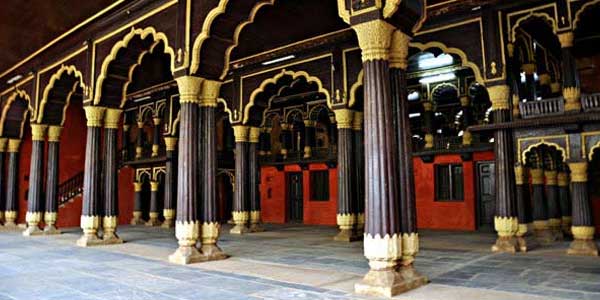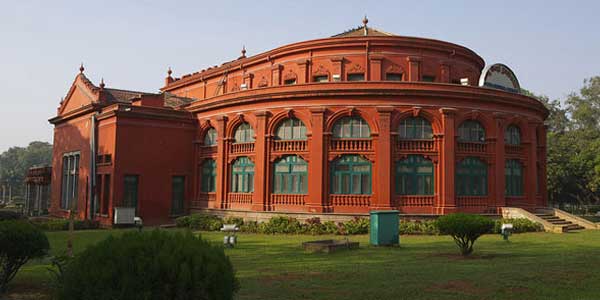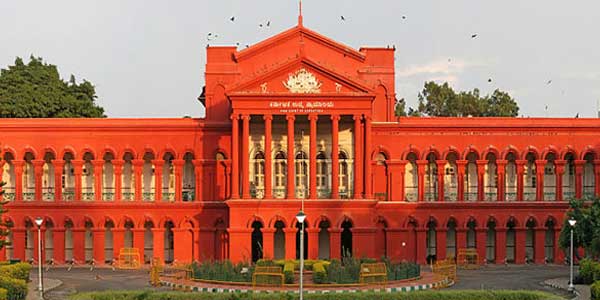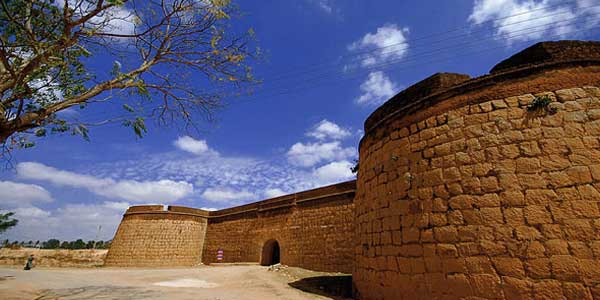
Bangalore Palace
An epitome of great architecture and beauty, The Majestic Bangalore Palace preserves in it the spice of old regal opulence. Currently the central attraction in Bangalore, the palace was built in the year 1878. Chamarajendra Wadiyar's British Guardians bought the original property in 1873 from the principal of Bangalore Central High School, Rev, J Garret, from his funds. The palace is extraordinarily vast and spread across 45,000 square feet. A mixture of Tudor and Scottish Gothic architecture have resulted into the grand palace that we see today. The wooden structure of the palace along with the beautiful carvings both inside and outside showcases the royal culture in different ways.
Apart from being a major tourist destination, the palace is a host to different cultural events, rock shows, and marriages. As per beliefs, King Chamarajendra Wadiyar drew his inspiration for building the palace from the Windsor Castle of London. The granite seats decorated with fluorescent blue ceramic tiles on the ground floor, a fairy tale Ballroom, the famous painter Raja Ravi Varma's paintings, vine-covered walls, and the Durbar Hall on the first floor come together to form the prepossessing Bangalore Palace.
A visit to the palace gives you a chance to witness the elegant and lavish splendour of one of the most powerful dynasties of South India. An audio tape is available inside the Palace, both in Hindi and English, to help the people having language issues, understand its history better.
History :
The Bangalore Palace was commissioned in 1864 by the first principal of Central High School, Rev. Garrett. The construction was completed in 1884. The palace was later brought in 1873 by British officials who took care of the education of Prince HH Chamaraja Wodeyar. This deal was finalized at the price of INR 40000. It was then renovated to make it more beautiful. Cornices and relief paintings on ceilings, floral motifs and detailed wooden carvings were generously incorporated to decorate the interior. Furniture in neo-classical, Edwardian and Victorian style was bought from Lazarus and John Roberts. Horticulturist Gustav Hermann Krumbiegel took over the gardens of the palace. About 35 rooms were further added in the palace along with manual lifts and wooden fans.
The royal family after 100 years handed over the possession of the palace to two companies. Of the total area 454 acres of the palace (including the ground), 110 acres were given to Chamundi Hotels Private Limited and 344 acres were given to Sri Venkateswara Real Estate Enterprises Private Limited. However, this act of providing the possession to these companies still lies a mystery as the said companies were yet to be incorporated in 1970 and thus it was a fraudulent transaction against which Maharaja’s son Srikanta Datta Narsimharaja Wadiyar instituted a civil suit.
This legal conflict continued and during this time Srikanta distributed the land among his five sisters. Today several events like exhibitions, marriages rock shows, tennis matches, cricket marches and horse academies take place here. Later the prince won the suit and got his potion back except 45 acres which remained with Chamaraju Group.
Bangalore Monuments
Bangalore Monuments, if you go by popular accounts, is the Silicon Valley and the Garden City of India. Heritage and culture have always flown freely in the veins of Bengaluru along with contemporary significance. The historical monuments of Bengaluru unfold a whole new world of historical, cultural, architectural, political, traditional and religious legacy and past of Karnataka. The forts and palaces manifest professionally competent town planning and the wonderful architecture at the time of some of the earliest dynasties in India. Sometimes the edifices have been created to commemorate a person or important event or designed as artistic objects to improve the appearance of a city or location. They have become iconic emblems of modern Bengaluru in all their glory.
The cultural heritage of Bengaluru consists of contributions and influences of successive dynasties that ruled it such as the Kadambas, Hoysalas, Chalukyas and the Vijaynagar Empire. The Mughals and the British reigned in Bengaluru as well. Rudiments of the people, the races and the religions were altered and assimilated as per conveniences and bear mark on the beautiful monuments that have stood the test of time.
The capital of Karnataka, Bangalore has a unique cultural identity with elements of both Hinduism and Islam and has several notable monuments including the Vidhan Soudha and Tipu's Palace. The city also has the magnificent Bangalore Palace in a blend of Gothic and Tudor architecture. The famous monuments always merit a visit, because they are the speaking stones of Bangalore's historical details.


